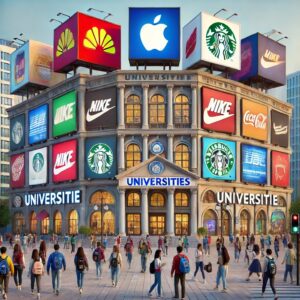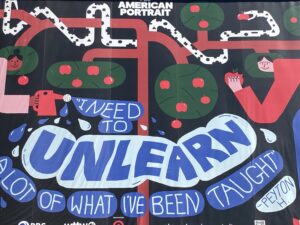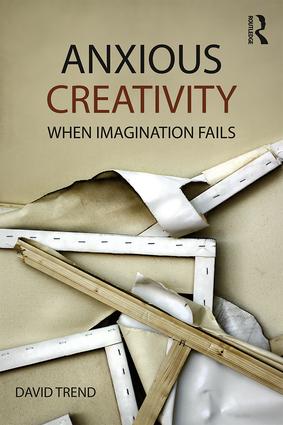The “college premium” is the shorthand term for the income differential accruing to those who complete four-year degrees. Often attributed to research begun in 2011 by Georgetown University’s Center on Education and Workforce (CEW), the college premium concept came about from estimates comparing the average lifetime earnings of college graduates ($2.3 million) to those of high school diploma holders ($1.3 million).[i] In the subsequent decade, the CEW estimate swelled from its initial $1 million to $1.2 million as the premium made college seem like a mandatory life choice.
But families often pay heavily for this benefit, as top-tier universities edge ever closer to tuition costs of $100,000.This year, Vanderbilt University came nearest to this much-watched threshold, projecting tuition of $98,426, though it also emphasized that most students receive financial aid. This trend is evident in other prestigious institutions like Brown, NYU, Tufts, and Yale, whose costs are similarly approaching six figures. While these universities cater to a specific segment, it’s noteworthy that the national average tuition is $56,000 for private colleges and $26,000 for public universities. The rising costs across the industry continue to be a significant concern.[ii]
This trend is evident in other prestigious institutions like Brown, NYU, Tufts, and Yale, whose costs are similarly approaching six figures. While these universities cater to a specific segment, it’s noteworthy that the national average tuition is $56,000 for private colleges and $26,000 for public universities. The rising costs across the industry continue to be a significant concern.[ii]
Seen in broader terms, these costs reflect a decade-long pattern of tuition increases among all U.S. colleges and universities, amounting to twice the inflation rate.[iii] This rate of increase isn’t a deliberate decision by educational institutions; instead, it’s driven by several historical factors that converge to push tuition upward. One contributing factor is the relationship between financial aid and tuition fees. As students and their families receive more grants, there’s a tendency to be more accepting of higher tuition fees, which in turn enables colleges to increase prices. Additionally, many students harbor the misconception that any college degree will automatically lead to better earnings, leading them to spend less time evaluating the actual costs of their education.[iv] Continue reading “The Shrinking College Premium”







